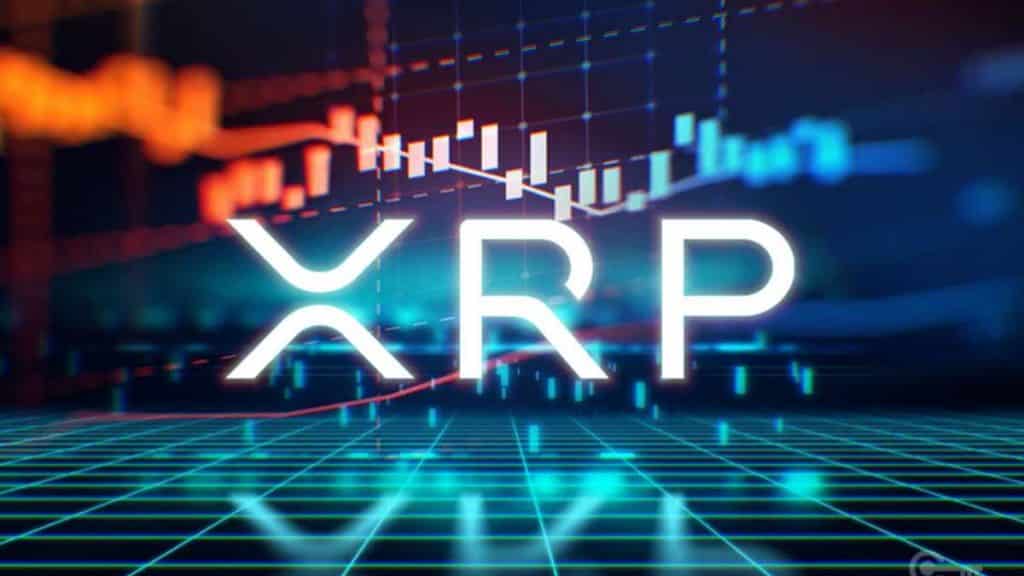Ripple refers to the digital crypto, XRP, and the system’s payment network. It was created in 2012 to complement other coins and how they are benefiting the market.
Ripple’s primary goal was to enhance secure digital transactions for fiat currencies and crypto coins. Transactions are also affordable, factors that have attracted banks to utilize for their settlement infrastructure. XRP also competes actively with other top currencies by market cap. Interested users can have access to Ripple XRP through a variety of means, centralised and from P2P exchanges where they can buy ripple with PayPal anonymously.
Ripple (XRP) Design and Transaction Processes
Ripple’s system accommodates Ripple Network (RTXP) to facilitate quick and manageable transfers of tangible assets between two parties. Through the issuance process, one may consider transferring, say, gold to another organization. To facilitate the process swiftly, the bank adds the asset to the Ripple system and chooses a trusted recipient to receive the gold. The approach is free with no transfer charges or hidden fees.
Every currency transaction on Ripple deducts a small amount of XRP as fees. Many people prefer using the network because the Ripples are destroyed after every transaction to avoid spamming and theft. The network bridges a major gap to facilitate the safe exchange of goods and services, say Ethereum and Bitcoin. Simply put, Ripple (XRP) is not a stand-alone crypto coin like the top two above. It was intentionally created to be an active transactional passageway.
How Does Ripple Exist?
Unlike other cryptocurrencies, Ripple is not mined or created per se. It was generated from the beginning to purposely protect systems that trade Bitcoin and other coins from spams who requested incentives and issue real-value assets to different parties digitally.
Expert Talk on Ripple (XRP)- Positive Outlook
According to the experts, Ripple presents a great long-haul outlook despite the anxiety surrounding crypto regulations. The unique intention of Ripple might save it from being affected intensely by changing laws and market demands. The market value of Ripple is also expected to surge as demand factors surrounding it continue to decrease. Subsequently, the value of stable utility currencies increases. Blockchain CEO, Peter Smith, argues the crucial need to embrace cross-border transactions as Ripple has already proved the sector’s accomplishment. While other independent cryptocurrencies are subject to economic and market downturns, Ripple is well-positioned to succeed.
Michael Arrington spoke as Techcrunch founder to the development of Ripple (XRP). He announced the launch of a $100 million cryptocurrency hedge fund to be denominated in Ripple (XRP). The coin’s obligation and success in the market position it a perfect recipient for a hedge fund.
According to Elon Musk, Ripple (XRP) had great grounds to defend itself following the SEC lawsuit. The unfortunate events saw Jay Clayton, the SEC chairman, sued Ripple. Clayton claimed the network authorized a bunch of unregistered securities and facilitated early XRP sales within the system. The dispute was major for Ripple, as crypto headlines dominated with questions about Ripple’s future stability. Even though XRP’s market price dropped below 0.19 USD for the first time in history, Ripple’s future is worth hoping for and not as scary as people imagine.
Angela Spearman is a journalist at EzineMark who enjoys writing about the latest trending technology and business news.

